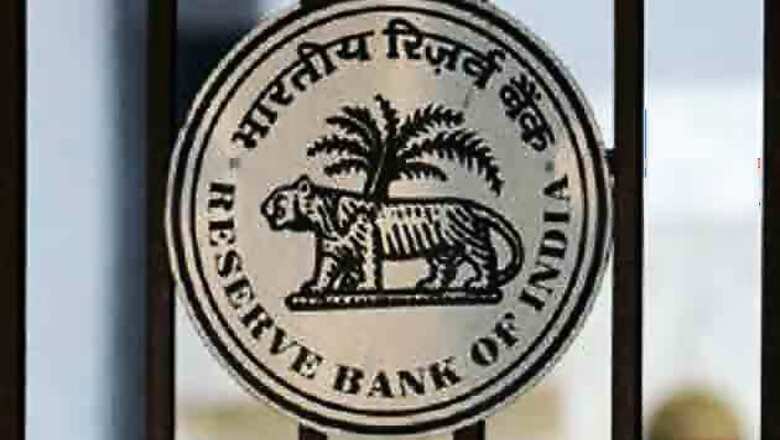
views
The market was expecting the Reserve Bank of India to cut interest rates after the government announced some key policy reforms last week. But by keeping the repo rate unchanged at 25 basis points, the RBI has made it clear that it is more worried about curbing inflation in the short term. However, in a bid to ease liquidity in the system, the central bank has trimmed the cash reserve ratio by 25 basis points.
Following are the key points from the mid-quarter monetary policy review, and an explanation for why RBI chose to keep the repo rate unchanged.
* Globally, as risks have risen, both the European Central Bank (ECB) and the US Fed have responded with liquidity measures intended to calm financial markets and provide further stimulus to economic activity. While these measures have certainly mitigated short-term growth and financial risks, they will also exert pressure on global asset prices, and particularly, commodity prices.
(What this means: Easy liquidity will fire up commodity prices, increasing India's import bill and weakening the rupee. Also a long term cure to the problems in Eurozone and the US have not yet been found)
* While the recent upward revision in diesel prices and rationalisation of subsidy for LPG is a significant achievement, in the short-term, there will be pressures on headline inflation. It is important to note that these revisions were anticipated at the time of the April policy when a front-loaded repo rate reduction was undertaken.
(What this means: The government should have hiked diesel prices much earlier. Even otherwise, higher diesel prices will fuel inflation in the economy)
* Growth in several major emerging and developing economies (EDEs) is also moderating. Additionally, drought conditions in major grain-producing areas of the world and the possibility of further hardening of international crude prices in view of the fresh dose of quantitative easing impart ubiquitous risks to overall global macroeconomic prospects.
(What this means: Food inflation could worsen in the coming days)
* A moderation in the trade deficit combined with increased inflows in response to domestic policy developments could ease pressures on the balance of payments. However, risks from global factors, in terms of both capital movements and oil prices will persist. Given these external risks, holding down the CAD to sustainable levels will depend on durable fiscal consolidation.
(What this means: The benefits from recent FDI approvals in retail, broadcast carriage and aviation will take time to yield benefits. In the meantime, the rupee could come under pressure because of tepid foreign capital flows and high oil prices)



















Comments
0 comment